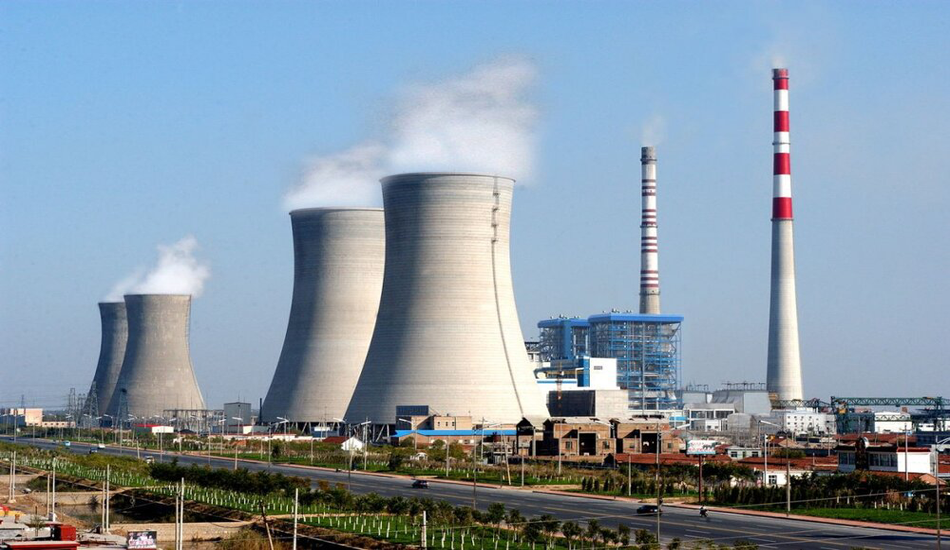The US Is Now More Dependent On Fossil Fuel Power Than China
By Tsvetana Paraskova of OilPrice.com
Increased use of natural gas for power generation has made the United States more dependent on fossil fuels for its electricity supply this year than China, the world’s top carbon emitter.
Since June 2024, high U.S. summer electricity demand has been mostly met by increased gas-fired power generation, while a rebound in hydropower in China has limited to some extent the share of coal in its electricity supply.
As a result, fossil fuels – including natural gas and coal – have had an average share of 62.4% of total electricity output in the United States since June. This compares to a lower fossil fuel share in the coal-dominated power system in China, where fossil fuels accounted for 60.5% of generation between June and September, according to data from energy think tank Ember reported by Reuters columnist Gavin Maguire.
The rise in natural gas power output could undermine the current U.S. goals of making the grid zero-carbon by 2035.
U.S. power generation from natural gas surged by 20% in the first nine months of 2024, compared to the same period of 2019. The share of gas in power supply has jumped to 43% from 38% five years ago.
In recent years, power demand in the United States, the single largest portion of which is delivered by gas-fired power plants, has soared and is expected to continue to surge with rising electrification and more electricity necessary to power and cool data centers.
U.S. power-generating companies are announcing plans for the highest volume of new natural gas-fired capacity in years as the AI boom is driving demand for electricity.
During the first half of 2024, electricity-generating firms unveiled plans for the new gas-powered capacity equal to all capacity announced in 2020, according to data from Sierra Club cited by Bloomberg last month.
Natural gas-fired electricity generation in the United States has jumped year-to-date compared to the same period last year, as total power demand rose with warmer temperatures and demand from data centers.


No comments:
Post a Comment